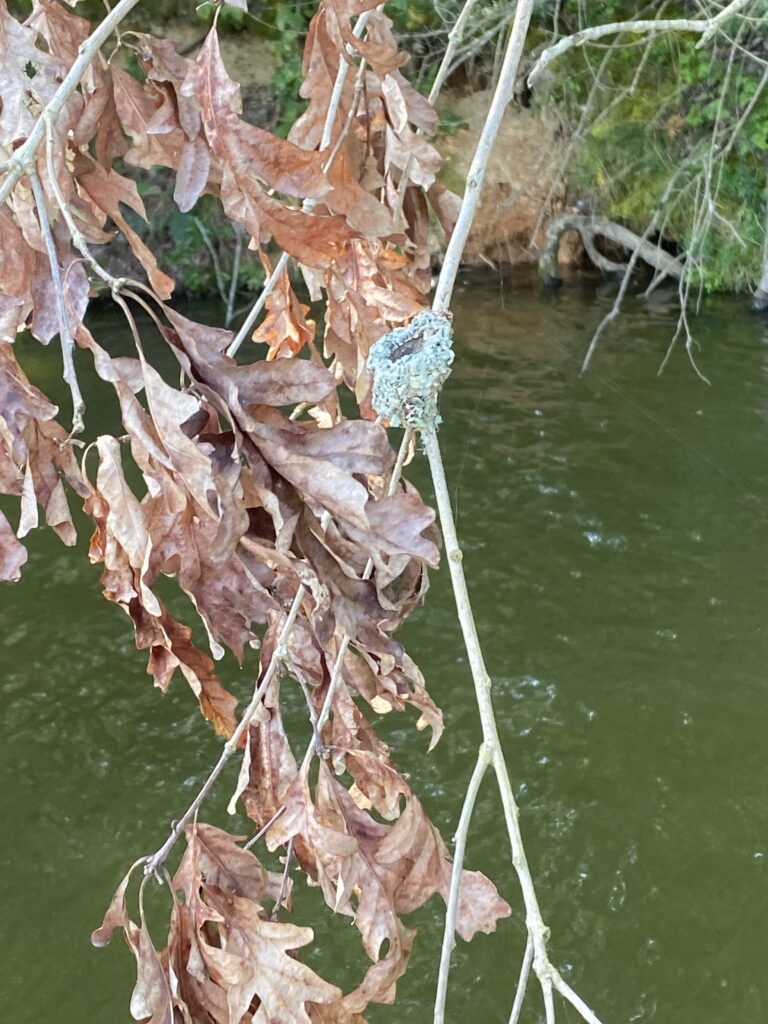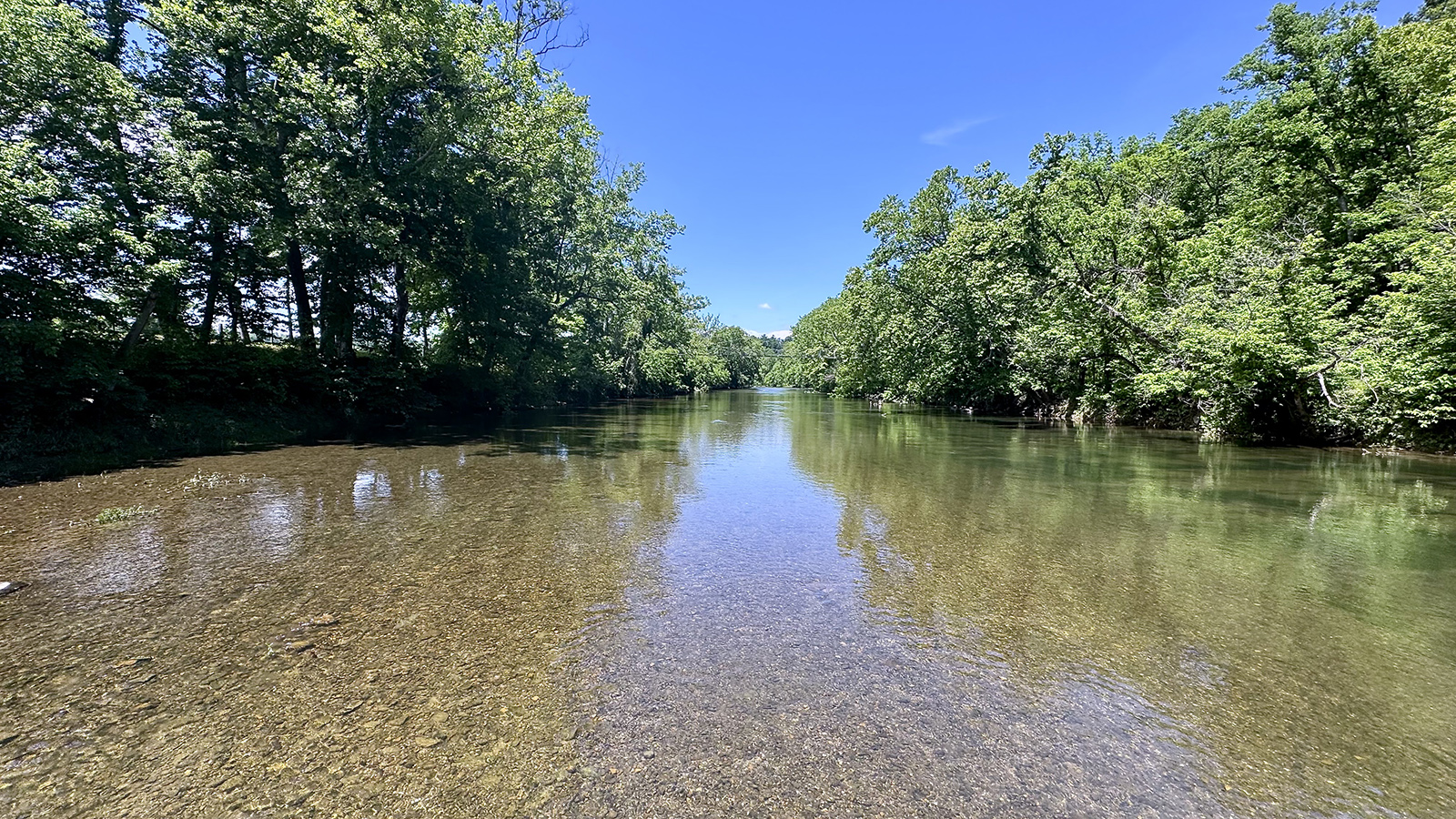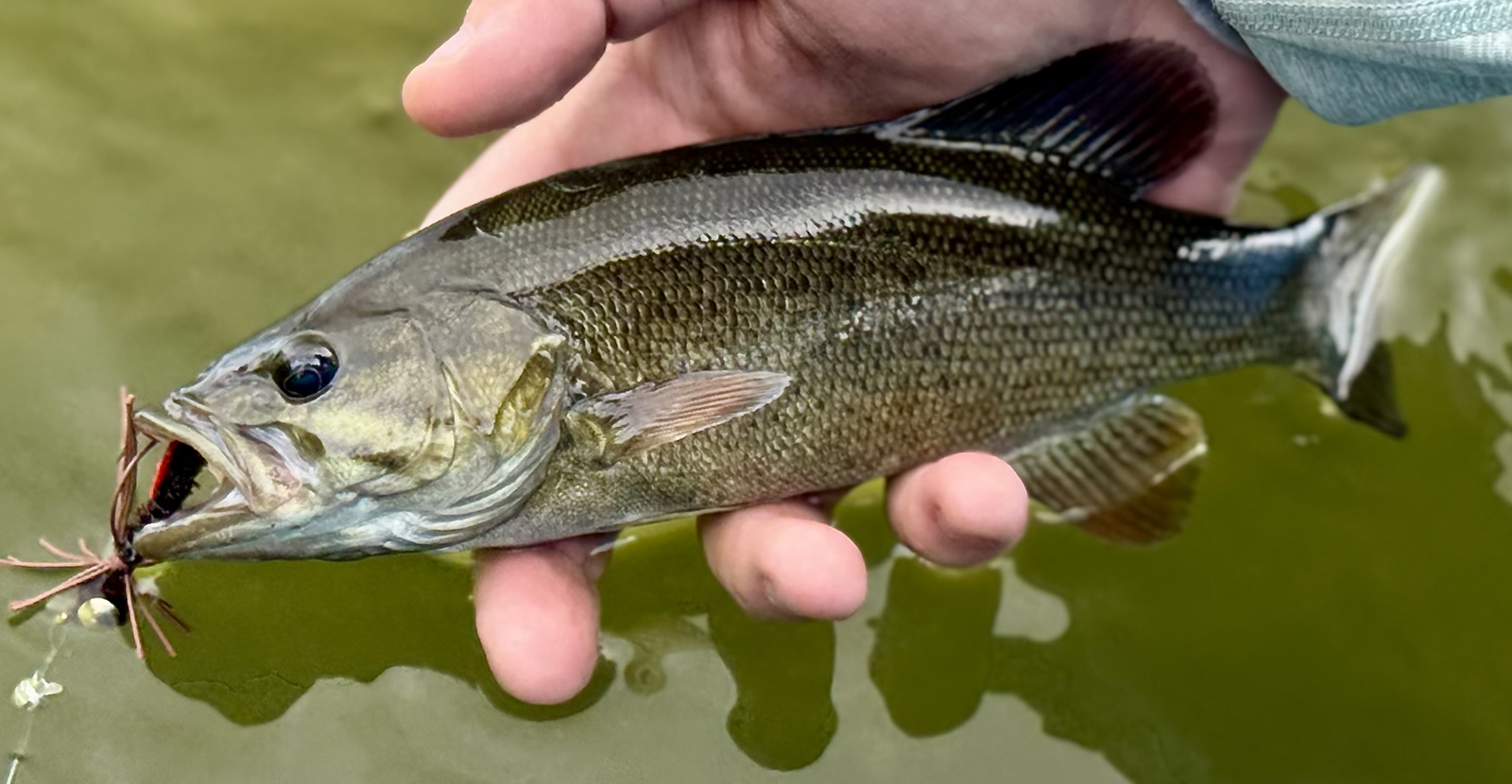Did you go deer hunting or deer shooting last weekend? I often get criticized for making a distinction, but it is an important one to me.
I grew up going to dove shoots and going quail hunting. That shows the difference pretty good. Dove shoots are hiding on a field or water hole waiting for the doves to come to you. Quail hunting means going out to look for the birds, usually with dogs.
To find quail, you must know something about their movements and habits. To shoot doves, you only have to know where they feed or water.
I admire anyone willing to put in the time and effort to learn the habits of a big buck and do everything needed to get a shot at him. It takes hours of study and work.
I have no problem with folks putting out a corn feeder then shooting a deer that comes to it. It is legal. But it is shooting, not hunting. I don’t think I could be real proud or brag about such a “trophy.”
Planting food plots is the same thing, it just takes more effort. You plant something the deer want to make them come to you to get shot. If you like that, I have no problem as long as it’s legal.
I worry young folks are taught to place all their emphasis and efforts on killing, not the whole hunting experience. I see pictures of kids five and six years old with their first deer. Great. But hopefully their training will go past that point. At that age all they did was sit where told and make a shot. At least they probably have some training on hitting the target.
I am proud of the first buck I killed when I was 18 years old. I had actually patterned him and placed a climbing stand in the right place to get a shot. Some of it was luck but it did take some effort. I spent the whole archery season and the first three weeks of gun season learning about him. Back then that was a lot – each season lasted four weeks! No corn involved. His full shoulder mount hangs on my office wall.
I have killed much bigger bucks, but they were all just by accident, or “luck.” Linda and I both love venison so for years I preferred shooting a doe. I would shoot any legal deer. I still do. And I wait near a corn feeder. I do not hunt them I wait for them to come to me to go to my freezer.
The biggest is a big nine-pointer I shot on my hunting club years ago. And I was a little embarrassed. In 1985, I nailed two boards between forks in a sweetgum tree and put in spikes to climb up to the simple stand of one 12-inch-wide board.
That stand was on an old fire break between a hardwood bottom and a pine hillside. And I killed more than 30 deer from it, it was on a natural feeding area transition to a bedding area.
I had a slight view of an old logging road about 100 yards up the hill but had never taken a shot at any deer on it. And it was rare to see a deer walking down such an open road.
That day during rut I was about to climb down from the morning hunt. I glimpsed movement on the road and when I looked in my scope I could see a deer walking along. I glimpsed horns, so I waited on a clear shot and made it. When I got to the deer I was surprised by the size of the rack.
As I loaded the deer another club member stopped, looked at the deer and said “You got him.” It was a big buck he had been hunting all season, had seen several times but had never had a good shot.
I had killed his trophy with no special effort; it was just in the wrong place at the wrong time. And I do have the antlers – on the wall of my garage. I take no pride in killing that deer.
I learned to hunt squirrels growing up so I’m somewhat prejudiced. It took time to learn their habits and what to expect at different times and even on different days. That training helped me kill my first deer and some more after it.
I encourage parents to take their kids hunting. And even take them shooting. But please teach them that there is more to hunting than just killing something. Video games teach them enough of that!
After deer season, try squirrel hunting. It can extend your time in the woods and is great teaching tool.
____________________




